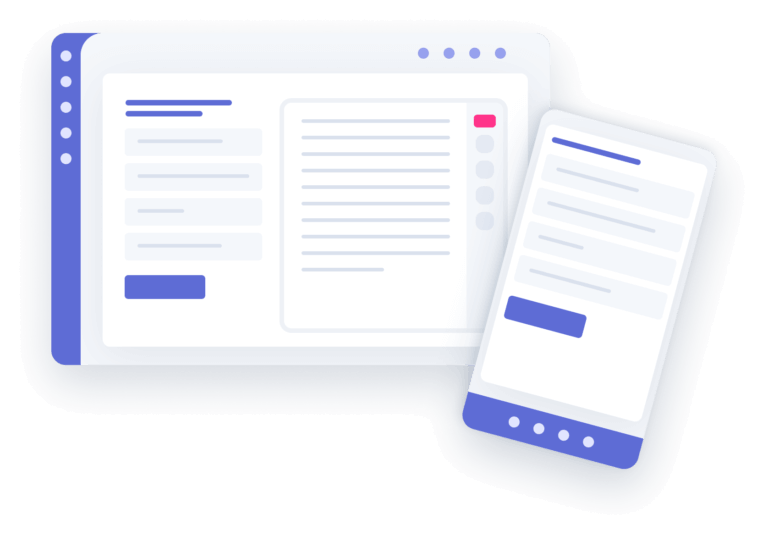- Product
- Use Cases
- Resources
EducationTemplatesSuccess Stories
- Pricing
- Product
- Use Cases
- Resources
EducationTemplatesSuccess Stories
- Pricing
At its core, employee engagement reflects the emotional commitment and enthusiasm employees have toward their company and its goals. This isn’t about employee happiness or satisfaction alone—it’s about how invested employees are in contributing to the company’s success and how that investment translates into their daily work. It’s the total employee experience.
Simon Sinek, the author of “Start With Why,” describes employee engagement in the simplest of terms: “When people are financially invested, they want a return. When people are emotionally invested, they want to contribute.”
Whale is the simple yet powerful standard operating procedure software.
Explore the easiest way to document, train and measure SOPs today!
No CC needed
Gallup reveals that highly engaged teams show 21% greater profitability. This underscores the crucial impact of employee engagement on a company’s bottom line.
Engaged employees often go the extra mile, driving innovation and moving the company forward. Their proactive attitude not only enhances productivity but also fosters a positive work environment that reduces turnover rates.
But employees who are engaged and love their work don’t only impact the bottom line. It turns out better engagement results in;
Engaged employees are less likely to seek employment elsewhere. According to a study by the Corporate Leadership Council, highly engaged employees are 87% less likely to leave their company than their disengaged counterparts. This stability can significantly reduce hiring and training costs.
Engaged employees often go beyond the call of duty to ensure customer satisfaction, leading to improved service quality and higher customer loyalty. This correlation is critical, especially in service-oriented industries where employee interaction directly affects the customer experience.
When employees feel connected to their workplace, they’re more likely to contribute ideas and innovations that can lead to new products, services, or processes. This creative input is vital for a company’s growth and adaptation in a competitive market.
Engaged employees are more present and punctual. A study by Gallup highlighted that highly engaged business units see a 41% reduction in absenteeism. This reliability ensures smoother operations and better team dynamics.
High levels of engagement are often associated with a more positive work atmosphere, which can lead to better physical and mental health among employees. This positive environment is conducive to professional growth and personal well-being, further feeding into the cycle of engagement.
Companies with high employee engagement are viewed more favorably by potential job applicants. This reputation can make it easier to attract top talent, especially in industries where skilled professionals are scarce.
Understanding the elements of employee engagement can help identify what motivates employees to give their best.
Whilst there may be more factors that drive employee engagement, here are the top 8;
Improving employee engagement can seem daunting, but several strategies can make a significant impact:
Measuring employee engagement helps in understanding its effectiveness and areas for improvement. Common methods include:
In essence, nurturing employee engagement is akin to tending a garden—it requires patience, care, and the right strategies to flourish. By focusing on key elements such as alignment with company goals, recognition, and professional growth, and by effectively measuring engagement levels, companies can ensure a motivated workforce.
This not only drives profitability but also creates a workplace where employees are genuinely excited to contribute.

What are the top tech tools for scaling business in 2025?
Clients often ask what technology they should adopt in their organizations to help them scale, so we thought we’d share our own top seven list based on what we use within Whale and from our experience with customers

Customer Service SOPs are an essential priority for any business. After all, it’s harder to find new customers than to keep existing ones happy. Consistency is key and will help your team achieve customer service excellence. In this blog we’ll explore just how.

If you’ve been pondering questions like, ‘What is the People Analyzer™?’, ‘How do I use the EOS® People Analyzer?’ and ‘Where does the People Analyzer fit into my business?’, you’re in the right place.
Whale is AI-powered software for documenting processes and training.
No CC needed
